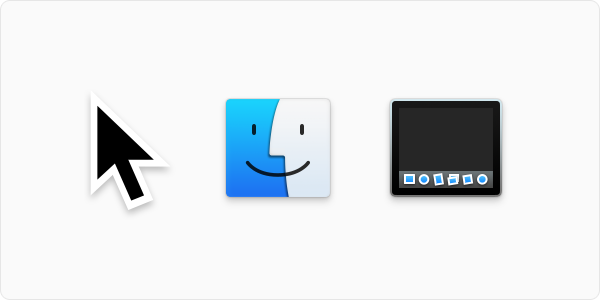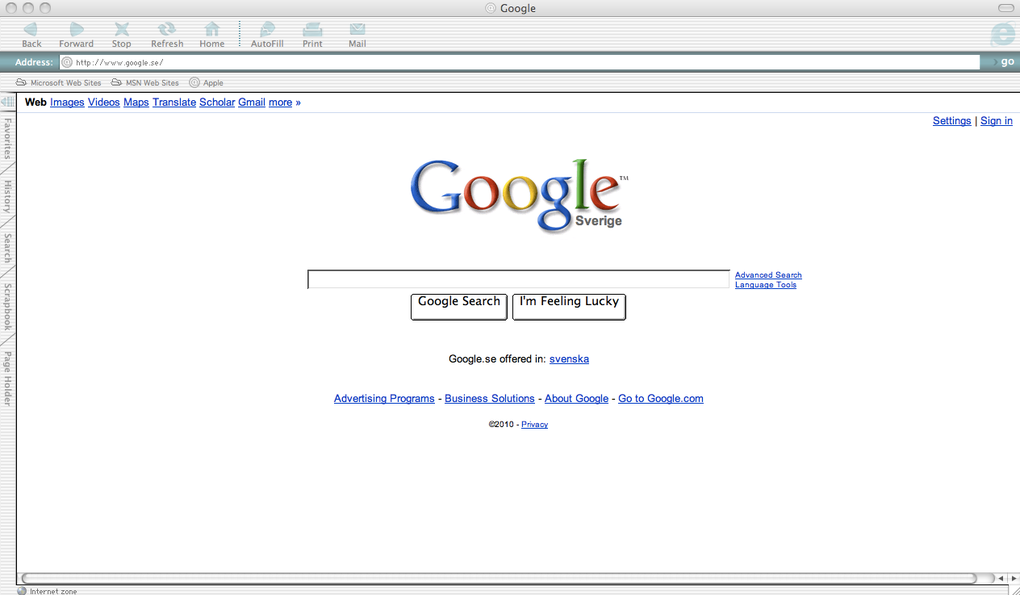

When the Options dialog box appears, click on the Privacy icon.

To configure this: 1.Ĭlick on the Tools menu, and then click Options. Delete the history, clear the cacheįirefox also allows you to have Internet information removed automatically.

That isn’t to say that there will be no record of your Internet activity on your computer at all, but it will eliminate the possibility that someone can view your Internet activity from your browser. When you use this option the information that is normally collected and stored by the places you visit on the Internet is not collected so there is no record of the sites you’ve visited left behind. One way to do this is to use the private browsing option in your favorite Internet browser. A trick to ensuring it isn’t readily available to the next person using the browser is to remove traces of it. As we’ll see in Chapter 9, Beyond technology-dealing with people, all of this may be visible to anyone using your computer. The sites you visit are logged, cookies are created showing the domain you visited, and files are downloaded and stored on your computer, so that the next time you visit a page it opens quicker. When you visit a site with a standard browser, a history is created. Your Internet history can also be seen by someone looking at your browser. When you put all of this together, you can see that private browsing is better, but it isn’t completely private. Unlike the private browsing sessions in Chrome on a computer, these devices work differently, as the tabs share HTML5 storage. Also, if you’re opening a private browsing session in Chrome on a device running iOS, like an iPhone or iPad, you should note that these devices may still store some information. The websites you visit may also capture your IP address, and record information about your activity, browser information, and other details of your visit. As you surf the net, your Internet Service Provider (ISP) or employer (if you’re on a network at work) may log the sites you’ve visited, files you’ve downloaded, and so on. It’s important to realize that private browsing isn’t completely private, and won’t mean you’re anonymous on the Internet. In other words, you don’t need to start a new private browsing session for each new site you want to visit. Regardless of whether your computer is using inPrivate Browsing or Incognito, once you open a new private browsing window, any new tabs you open in the browser window will also be private.
HOW LARGE IS THE FILE INTERNET EXPLORER FOR APPLE MAC? ANDROID
2.Ĭlick New incognito window if you’re using a computer, or tap New incognito tab if you’re using an iPhone, iPad, or Android device. To use private browsing in Chrome, you would open an incognito window by doing the following: 1.Ĭlick or tap the Chrome menu, which is located in the upper right-hand corner of the browser. A new instance of the browser will open, and you’ll see you’re using private browsing by the word inPrivate beside your address bar. If you’re using Internet Explorer, you can open an inPrivate Browsing window by clicking Tools, and then clicking inPrivate Browsing. History on sites you visited and files you downloaded, form data, passwords, address bar, and search AutoComplete aren’t stored. Temporary Internet files are deleted when you close the browser. Third-party cookies like those used for tracking your movements between sites are blocked. These allow you to do things like add items to a cart on a shopping site, and remember information as you move between pages. įirst party cookies or session cookies kept in memory will work normally.After you close the tab or browser, it’s gone. When you open a private browsing session like InPrivate Browsing in Internet Explorer or Incognito in Chrome, information about your browsing will not be saved to the computer or will be only kept temporality.


 0 kommentar(er)
0 kommentar(er)
